SeMA 1F
01 YOUNG-HAE CHANG HEAVY INDUSTRIES
02 Jesse Jones
03 Haegue Yang
04 Complete Map of the Celestial Sphere
05 Joo Jae-Hwan
06 Tamura Yuichiro
07 Basim Magdy
08 Joanna Lombard
09 Dinh Q. L?
10 Yoneda Tomoko
11 Yoneda Tomoko
12 YAO Jui-chung
13 Lina Selander
14 Sean Snyder
15 YAO Jui-chung
16 Basim Magdy
17 Nilbar G?re?
18 Nilbar G?re?
19 Nilbar G?re?
20 Basim Magdy
21 Basim Magdy
22 Nina Fischer & Maroan el Sani
23 YAO Jui-chung
24 YAO Jui-chung
25 YAO Jui-chung
01 YOUNG-HAE CHANG HEAVY INDUSTRIES
02 Jesse Jones
03 Haegue Yang
04 Complete Map of the Celestial Sphere
05 Joo Jae-Hwan
06 Tamura Yuichiro
07 Basim Magdy
08 Joanna Lombard
09 Dinh Q. L?
10 Yoneda Tomoko
11 Yoneda Tomoko
12 YAO Jui-chung
13 Lina Selander
14 Sean Snyder
15 YAO Jui-chung
16 Basim Magdy
17 Nilbar G?re?
18 Nilbar G?re?
19 Nilbar G?re?
20 Basim Magdy
21 Basim Magdy
22 Nina Fischer & Maroan el Sani
23 YAO Jui-chung
24 YAO Jui-chung
25 YAO Jui-chung
SeMA 2F
26 Min Joung-Ki
27 Zero Dimension/ Kato Yoshihiro
28 Mikhail Karikis
29 Kim Soo-nam
30 Immortals’s Feast on Yoji Pond
31 Kim In-whoe
32 Bae Young-whan
33 Naito Masatoshi
34 Rho Jae Oon
35 Kim Soo-nam
36 Kim In-whoe
37 Choi Min Hwa
38 Jawshing Arthur Liou
39 Sang-il Choi, Jiyeon Kim
40 siren eun young jung
41 Haejun JO & KyeongSoo LEE
SeMA 3F
42 Haegue Yang
43 Pilar Mata Dupont
44 Choi Gene-uk
45 Jesse Jones
46 Otty Widasari
47 SU Yu-Hsien
48 Truong Cong Tung
49 The Propeller Group
50 Ho Sin Tung
51 Sean Snyder
52 Jakrawal NILTHAMRONG
53 Mikhail Karikis
54 Eric Baudelaire
55 CHUNG Seoyoung
56 CHE Onejoon
57 Nina Fischer & Maroan el Sani
58 Mahardika Yudha
59 Choi Sunghun + Park Sunmin
KOFA
Rho Jae Oon
Ho Sin Tung
Kim Soo-nam
From the series Korean Gut: Shamans 1978-1997. Geoje-do Byeolshin-gut, 1986
Archival pigment print, 40×58 cm

Courtesy Kim Soo-nam Foundation
Kim Soo-nam first released photographs of gut-dang (shaman’s ritual house) and fortune-tellers’ places in Seoul via the “The Outskirts of Civilization” series in Monthly Journal Sindonga in 1979 when he was a press photographer for the daily newspaper Dong-A Ilbo. In the end of Park Chung-hee’s presidency when Saemaul Undong (New Community Movement) was conducted across the country, widespread Korean shamanism and gut were branded as negative factors that hindered the industrialization of Korea. While witnessing the government’s policy to eradicate shamanism, Kim Soo-nam began to capture with his camera the scenes of shamanism as traditional Korean religion and culture that was disappearing. For more than twenty years, Kim visited gut rituals across the country and recorded the images of shamans and believers as well as the details of shamanistic rituals, which have different characteristics from region to region in the Korean peninsula.
In particular, this exhibition presents over 20 pieces out of the 40 works that were displayed at Kim’s posthumous exhibition “Korean Gut: Shamans 1978-1997.” These were selected as his representative works and personally signed by the photographer shortly before he died. These photos cover all kinds of gut conducted in the Korean peninsula and vividly document the archetype of Korean shamanism that has almost disappeared today.
Based on the photographs, Korean gut is largely divided into three categories: gut for the living (jejaechobok-gut), gut for the dead (saryeong-gut) and gut for the shaman (shin-gut). First, Geojedo Byeolshin-gut, Ongjin Baeyeonshin-gut, Weedo Ttibaet-gut, and Jeju-do Yeongdeung-gut are community rituals for the safety of ships and big catches in many fishing villages around the Korean peninsula. Gyeonggi-do Dodang-gut and Eunsan Byeolsin-gut mainly have characteristics of local religious rituals in farming areas while Yangju Sonori-gut is classified as a ritual to prevent misfortune and bring good luck to a family. Hwanghae-do Jinogwi-gut, Pyeongan-do Dari-gut, Jeolla-do Ssitgim-gut, and Suyongpo Sumang-gut are designed to console the souls of the deceased and lead them to the next world. Lastly, Hwanghae-do Naerim-gut, the initiation ritual for a female shaman, documents how a spiritual shaman is born through a necessary transcendental experience called sinnaerim. [HAN Sunhee]
In particular, this exhibition presents over 20 pieces out of the 40 works that were displayed at Kim’s posthumous exhibition “Korean Gut: Shamans 1978-1997.” These were selected as his representative works and personally signed by the photographer shortly before he died. These photos cover all kinds of gut conducted in the Korean peninsula and vividly document the archetype of Korean shamanism that has almost disappeared today.
Based on the photographs, Korean gut is largely divided into three categories: gut for the living (jejaechobok-gut), gut for the dead (saryeong-gut) and gut for the shaman (shin-gut). First, Geojedo Byeolshin-gut, Ongjin Baeyeonshin-gut, Weedo Ttibaet-gut, and Jeju-do Yeongdeung-gut are community rituals for the safety of ships and big catches in many fishing villages around the Korean peninsula. Gyeonggi-do Dodang-gut and Eunsan Byeolsin-gut mainly have characteristics of local religious rituals in farming areas while Yangju Sonori-gut is classified as a ritual to prevent misfortune and bring good luck to a family. Hwanghae-do Jinogwi-gut, Pyeongan-do Dari-gut, Jeolla-do Ssitgim-gut, and Suyongpo Sumang-gut are designed to console the souls of the deceased and lead them to the next world. Lastly, Hwanghae-do Naerim-gut, the initiation ritual for a female shaman, documents how a spiritual shaman is born through a necessary transcendental experience called sinnaerim. [HAN Sunhee]






























